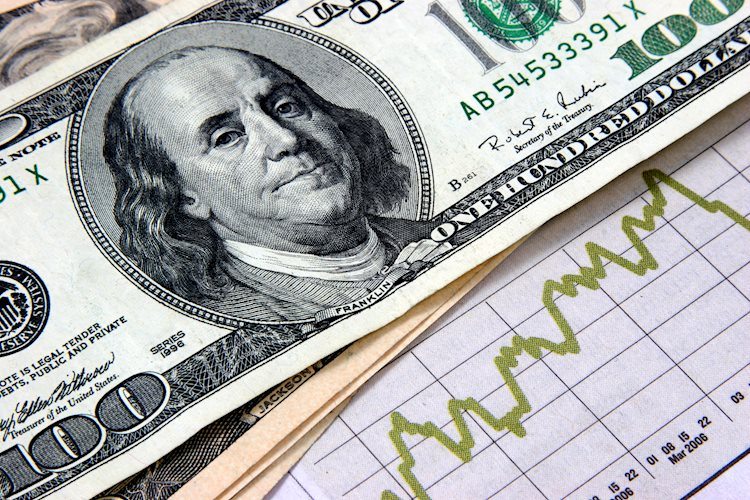In the first half of 2024, the global financial landscape witnessed an increase in the momentum of dedollarisation. The movement is driven by various geopolitical, economic, and strategic factors by countries seeking to diversify their currency holdings and reduce vulnerability to the US monetary policy and financial and economic sanctions, DBS macro analysts Philip Wee and Ma Tieying note.
The momentum of dedollarisation increases
“Many countries are not looking to decouple from the US Dollar (USD) but to reduce reliance on the greenback and other Western reserve currencies, like the de-risking policy pursued by the US and the EU with China. They are responding to rising geopolitical tensions, particularly between the US and Europe against Russia and China.”
“An enlarged BRICS can develop alternative financial institutions and systems, reducing dependence on traditional institutions like the IMF and the World Bank. BRICS countries could also increase their collective influence in international forums like the United Nations and the G20, creating a counterbalance to Western alliances such as NATO and the EU.”
“According to the BIS, the USD accounts for almost 90% of global FX transactions in trade and investments, well ahead other significant currencies such as the Euro (EUR) and the Off-shore Yuan (CNY). Nonetheless, the dedollarisation process has long-term implications for global markets, trade dynamics, and the international monetary system.”
